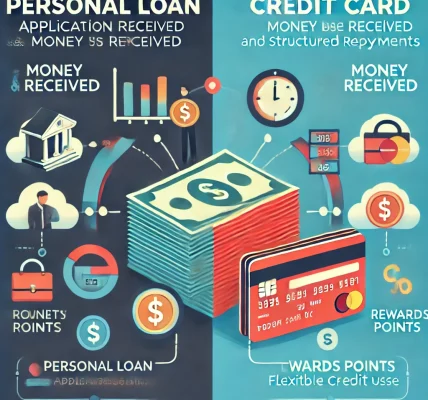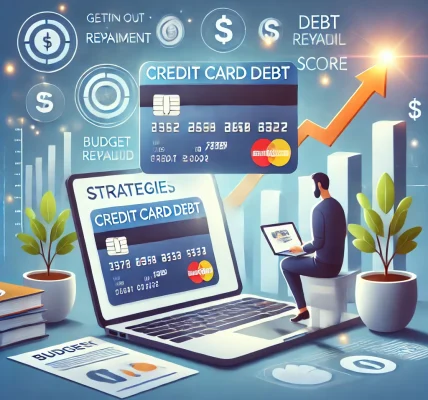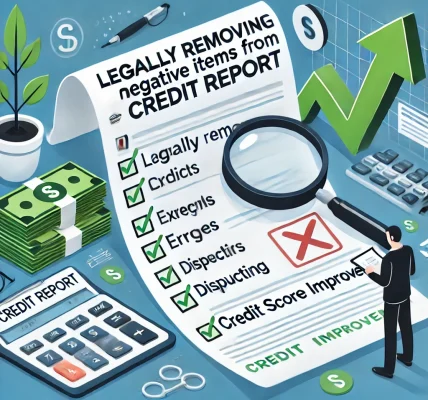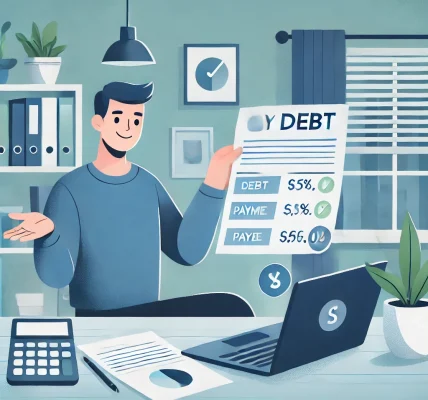Credit cards are a powerful financial tool, but not all credit cards are created equal. When choosing a credit card, one of the key decisions is whether to opt for a secured or unsecured card. Understanding the differences between these two types of credit cards can help you make an informed decision based on your financial needs and credit history.
This guide will walk you through everything you need to know about secured and unsecured credit cards, including their benefits, drawbacks, and how to choose the right one for your situation.
What is a Secured Credit Card?
A secured credit card requires a refundable security deposit to open an account. This deposit acts as collateral and typically determines the credit limit. For example, if you deposit $500, your credit limit may be $500.
Pros of Secured Credit Cards:
- Ideal for Building Credit – A great option for individuals with no credit history or bad credit.
- Lower Approval Requirements – Easier to qualify for than unsecured cards.
- Helps Establish Positive Payment History – Regular, on-time payments improve your credit score.
- Refundable Security Deposit – You get your deposit back when you close the account in good standing.
Cons of Secured Credit Cards:
- Requires Upfront Deposit – The initial deposit can be a financial hurdle.
- Lower Credit Limits – Typically have lower credit limits than unsecured cards.
- Higher Fees and Interest Rates – Some secured cards charge annual fees and higher interest rates.
What is an Unsecured Credit Card?
An unsecured credit card does not require a security deposit. These cards are the most common and are offered based on your creditworthiness. Approval is based on factors like credit score, income, and financial history.
Pros of Unsecured Credit Cards:
- No Security Deposit Required – More accessible without upfront cash.
- Higher Credit Limits – Generally offers higher spending limits.
- Better Rewards and Benefits – Many cards offer cashback, travel rewards, and purchase protection.
- Lower Interest Rates for Good Credit – Borrowers with strong credit profiles can access lower APRs.
Cons of Unsecured Credit Cards:
- Harder to Qualify For – Requires a good to excellent credit score for the best offers.
- Higher Interest Rates for Poor Credit – If approved with bad credit, you may face high APRs.
- Potential for More Debt – Without a deposit to back it up, overspending can lead to financial trouble.
Key Differences Between Secured and Unsecured Credit Cards
| Feature | Secured Credit Card | Unsecured Credit Card |
|---|---|---|
| Security Deposit | Required | Not Required |
| Credit Score Requirement | Low or No Credit | Good to Excellent |
| Credit Limit | Based on Deposit | Based on Creditworthiness |
| Approval Odds | Easier | Harder |
| Interest Rates | Higher | Lower (for good credit) |
| Rewards & Benefits | Limited | More Rewards & Perks |
Which Credit Card is Right for You?
Choosing between a secured and unsecured credit card depends on your financial situation and credit goals.
Choose a Secured Credit Card if:
- You have little to no credit history or a low credit score.
- You want to rebuild credit with responsible usage.
- You can afford the security deposit as collateral.
- You don’t qualify for an unsecured credit card yet.
Choose an Unsecured Credit Card if:
- You have a good or excellent credit score.
- You don’t want to put down a security deposit.
- You want access to higher credit limits.
- You prefer earning cashback, travel rewards, or other perks.
How to Transition from a Secured to an Unsecured Credit Card
If you start with a secured credit card, you can eventually upgrade to an unsecured one by following these steps:
- Make On-Time Payments – Ensure all payments are made before the due date.
- Keep Credit Utilization Low – Aim to use less than 30% of your available credit limit.
- Monitor Your Credit Score – Regularly check your score and credit report.
- Request a Credit Limit Increase – Some issuers offer credit line increases without additional deposits.
- Ask for an Upgrade – After 6-12 months of responsible use, ask your card issuer if you qualify for an unsecured card.
Final Thoughts
Both secured and unsecured credit cards have their place in personal finance. If you’re starting out or rebuilding credit, a secured card can be a great stepping stone. If you have an established credit history and want more benefits, an unsecured card is likely the better choice.




